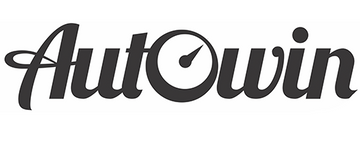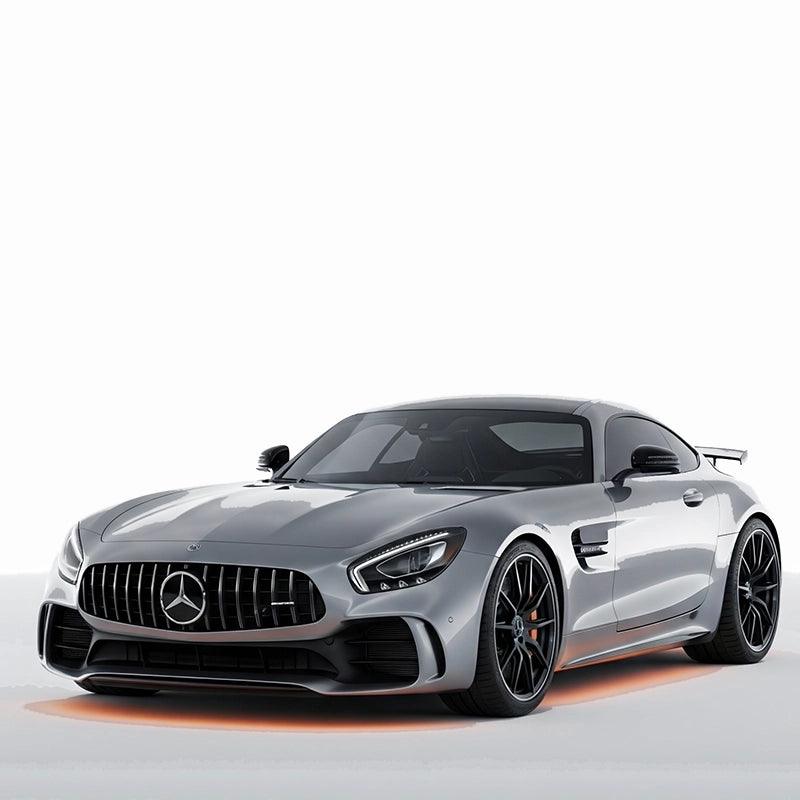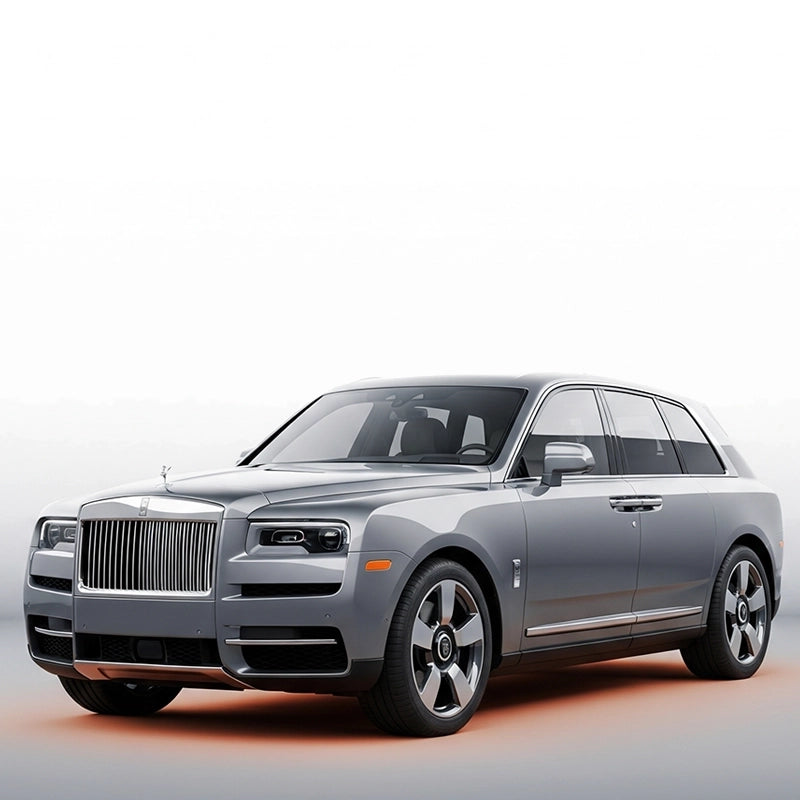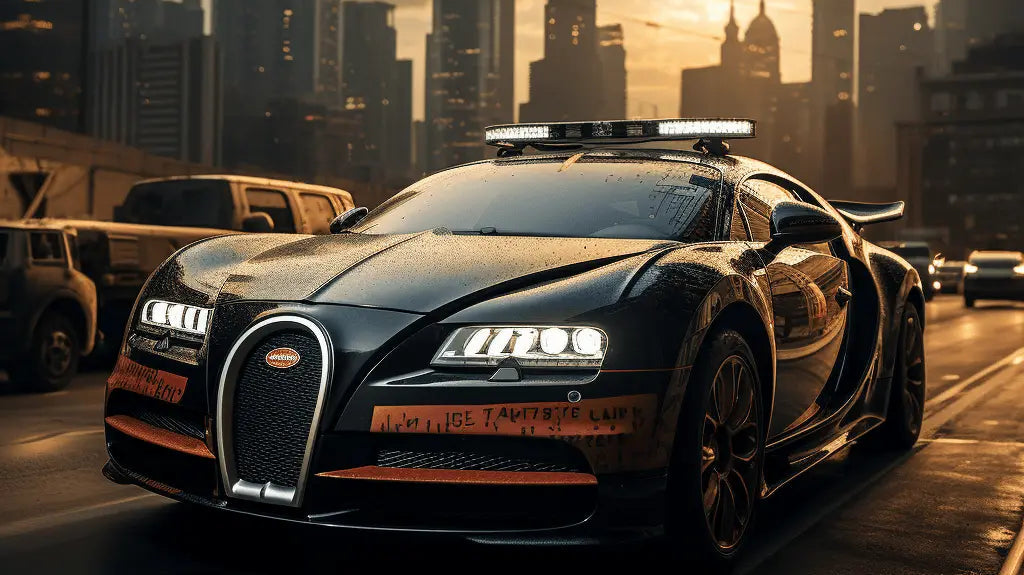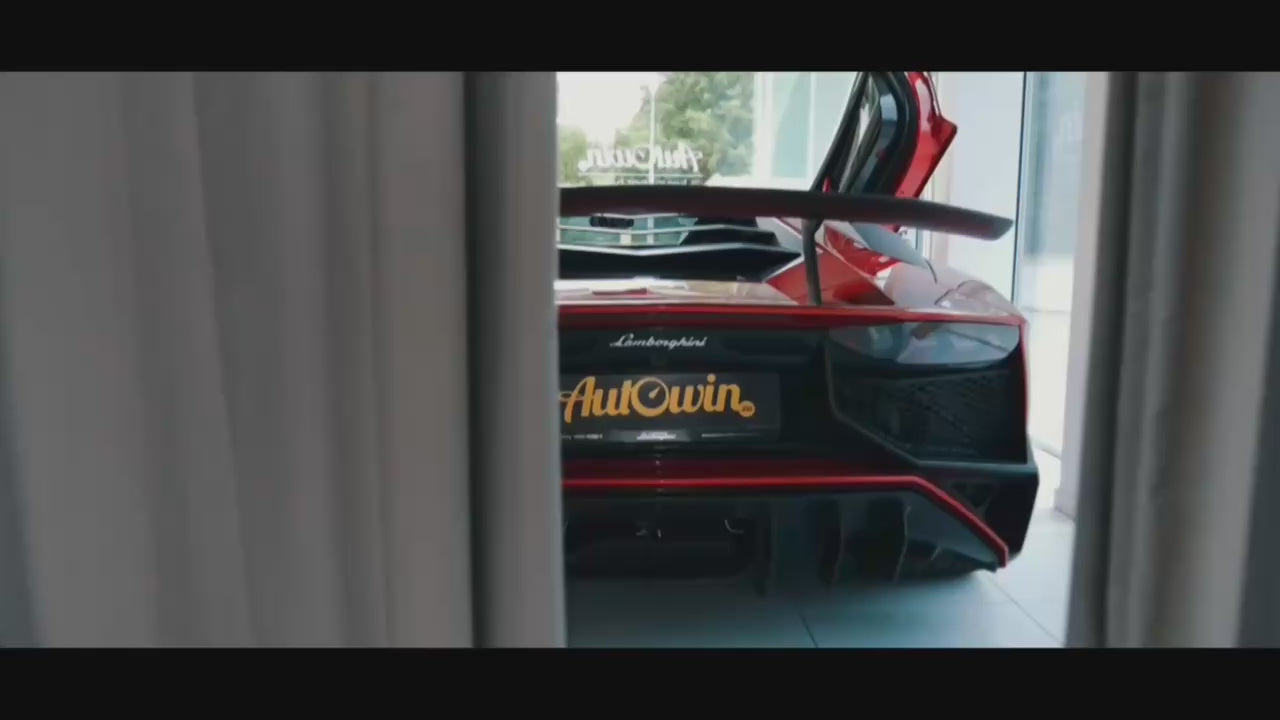Is It Safe to Buy a Used Vehicle That’s Been in a Crash from Auctions? My No-Nonsense Take on Buying a Crashed Car at Auction
I’ve spent enough Saturdays in muddy auction yards—coffee in one hand, flashlight in the other—to tell you this: buying a crashed car at auction can be a smart move or a spectacular headache. I’ve seen bargain gems and wallet-draining nightmares parked three rows apart. The trick is knowing which is which, and being ruthless about walking away when your gut (or a bent subframe) says no.

What “buying a crashed car at auction” really means
First things first: understand the title. A car’s paper trail tells the story better than any seller spiel. When you’re buying a crashed car at auction, you’re often dealing with salvage or rebuilt status, not just a “lightly kissed” bumper.
| Title Status | What It Means | Implications |
|---|---|---|
| Clean | No total-loss claim reported | Best for resale; still inspect—repairs may exist off-record |
| Salvage | Declared total loss by insurer | Not road-legal until repaired and inspected; financing/insurance hurdles |
| Rebuilt | Was salvage, now repaired and inspected | Road-legal, but lower resale; insurer options vary |
| Certificate of Destruction/Non-Repairable | Not eligible for road use | For parts only—don’t plan to register it |
How I actually inspect crash-damaged auction cars
Auctions move fast. You’ll get a few minutes with the car, often “as-is” with no test drive. Here’s my shortlist from years of poking around yards in Phoenix, Philly, and a rainy Tuesday in Manchester:
- Structure and alignment: Look for uneven panel gaps, wrinkled inner aprons, cracked seam sealer, and buckles near strut towers. Stand 15 feet back and check wheel alignment by eye.
- Airbags and SRS: If the bags popped, budget $1,500–$4,000+ depending on how many and whether the dash split. Scan for SRS codes.
- Cooling system: Bent radiators/condenser packs, cracked fan shrouds—common in front-end hits. Overheating later will ruin your day (and head gaskets).
- Frame rails and subframes: Surface kinks, non-factory welds, or new hardware on one side only are red flags.
- ADAS sensors: Radar modules, cameras, and parking sensors add up fast. If you see hanging harnesses, budget big.
- Flood tells: Silt under carpets, corrosion on seat bases, fogged cluster—walk away unless you love electrical gremlins.
- OBD scan: Bring a scanner. Even a cheap one will reveal misfires, SRS faults, or hidden transmission drama.
Safety first: when to walk away if you’re buying a crashed car at auction
I’m not squeamish, but there are lines I don’t cross. If you spot these, save your money:
- Major structural deformation around strut towers, firewall, or roof rails.
- Airbag and pretensioner triple-whammy combined with obvious frame issues.
- Flood titles with standing water residue—modern wiring loathes brine.
- Bent suspension pickup points (not just control arms). That means jig time and big bills.
On the flipside, I’ve had good luck with light rear-end hits and cosmetic hail damage. One reader I met at a Texas auction snagged a two-year-old Camry with a smashed trunk lid, had it painted, and drove it for 80,000 miles without drama. It happens.
The value equation: making the math work
Here’s the back-of-napkin formula I use (and yes, I literally keep a pencil in the glovebox):
- Target Market Value (clean title) minus Salvage Penalty (typically 20–40% for rebuilt titles)
- Minus All-In Repair Costs (parts, paint, labor, alignment, ADAS calibration)
- Minus Risk Buffer (10–20% for surprise issues)
- = Max Bid
Example: Clean-title value is $18,000. Rebuilt penalty at 30% puts “finished value” at $12,600. Repairs look like $3,500 (and they usually cost more, let’s be honest), plus a $1,500 buffer. Your max bid? Around $7,600. If bidding climbs beyond that—let it go.
- Airbag module + wheelbag: $800–$1,500
- Dashboard replacement (with passenger airbag): $1,200–$3,000
- Headlight with matrix/LED tech: $800–$2,200 each
- ADAS calibration: $250–$900
- Paint and blending: $600–$1,500 per panel
Financing and insurance for buying a crashed car at auction
Here’s where many first-timers get tripped up. When you’re buying a crashed car at auction:
- Financing: Most mainstream lenders won’t touch salvage or rebuilt titles. Plan on cash, a credit union that knows you, or a personal loan.
- Insurance: Liability is usually fine; comprehensive/collision can be tricky. Some carriers won’t offer full coverage on rebuilt titles, or they’ll cap payouts.
- Registration inspections: Many states require post-repair inspections and receipts. Keep every invoice and take repair photos—it smooths the process.
Paperwork checklist before you bid
- Verify the VIN in multiple locations (dash, door jamb, firewall). No mismatches.
- Confirm the title status and whether it’s eligible for registration in your state.
- Read the auction’s arbitration rules—some sales are “red light” no arbitration, period.
- Check fees (buyer’s fee, storage, gate, loading). They add up.
- Scan the vehicle history (Carfax/AutoCheck) to see when/where the loss occurred.
Who should consider this—and who shouldn’t
- Good fit: DIYers with tools, patient owners, fleet buyers, or anyone after a long-term keeper where resale isn’t a priority.
- Not ideal: First car for a teen driver, anyone needing easy financing and full-coverage insurance, or buyers who hate surprises.
Auction vs dealer vs private sale: quick comparison
| Channel | Pros | Cons | Best For |
|---|---|---|---|
| Insurance/Salvage Auction | Lowest entry price, big selection | As-is, limited viewing, title hurdles | Experienced DIY, budget builds |
| Dealer (Rebuilt Title) | Registered, often drivable, some recourse | Higher price, mixed repair quality | Non-DIY buyers wanting simple paperwork |
| Private Seller | Negotiable, test drive possible | Variable transparency, no warranty | Case-by-case deals with thorough inspection |
Verdict: Is buying a crashed car at auction safe?
It can be—if you know exactly what you’re looking at and keep your emotions (and bid finger) in check. I’ve driven auction rescues across states and daily’d them for years. I’ve also walked away from “bargains” that smelled like swamp and regret. So yes, buying a crashed car at auction can be a clever way to get into a newer or nicer car for less—provided you inspect ruthlessly, budget honestly, and accept the title stigma.
One last thought: if you need something safe for the family road trip next weekend, buy the clean-title minivan and sleep easy. If you’re happy to wrench a little and live with a story in the glovebox? Roll up your sleeves. The right one’s out there.
FAQs about buying a crashed car at auction
Is a rebuilt title car safe to drive?
It can be. Safety depends on the quality of the repair, not the title itself. Get a trusted mechanic to inspect structure, airbags, and alignment before committing.
How much should I discount a rebuilt title when buying?
Typically 20–40% below clean-title market value, depending on the model, severity of damage, and repair quality. Premium cars with expensive sensors often see bigger discounts.
Can I get full coverage insurance on a rebuilt title?
Sometimes. Some insurers offer comprehensive/collision on rebuilt titles; others won’t. Get quotes by VIN before you bid.
What repairs are deal-breakers?
Severe structural damage near suspension pickup points, flood exposure, and incomplete airbag systems. These are hard to fix correctly and expensive to verify.
Do auctions allow test drives?
Rarely. Most salvage auctions sell “as-is, where-is.” Bring a scanner, a flashlight, and a healthy dose of skepticism.
